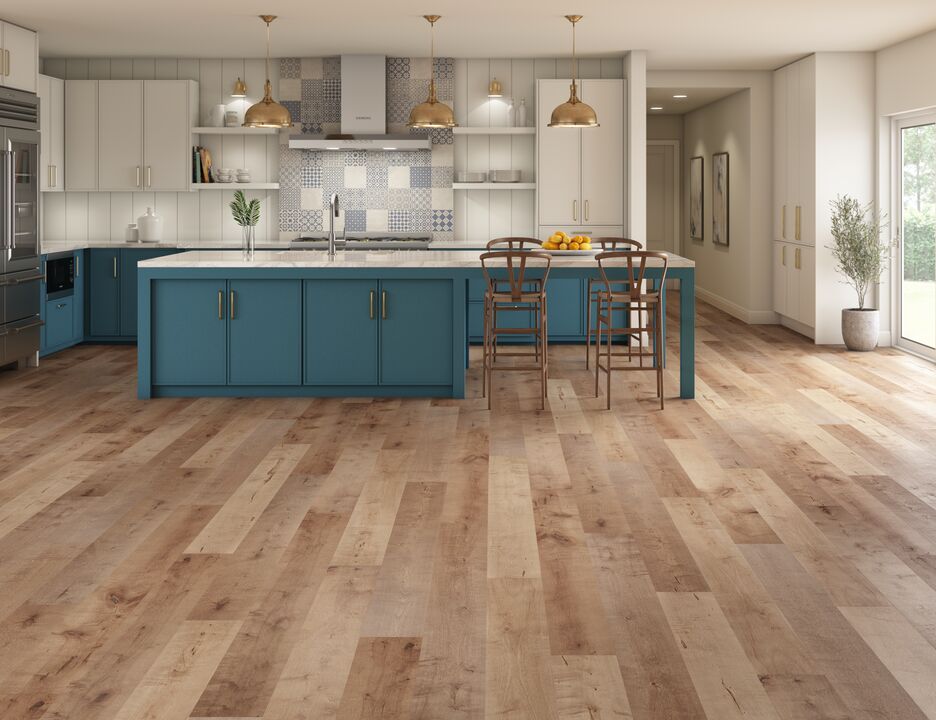When it comes to flooring, the choices are abundant. Each type has its unique characteristics, advantages, and considerations. Hardwood flooring, for example, is beloved for its timeless beauty and durability. It’s a classic choice that adds warmth and value to any home. However, it can be expensive and requires regular maintenance to keep it looking its best.
Laminate flooring is a more affordable alternative that mimics the look of hardwood. It’s easy to install and maintain, making it a popular choice for busy households. Laminate is also resistant to scratches and stains, but it can be susceptible to moisture damage, so it’s not the best option for areas prone to spills or high humidity.
Tile flooring, including ceramic and porcelain, is another versatile option. It’s durable, water-resistant, and comes in a wide variety of colors, shapes, and sizes. Tile is an excellent choice for bathrooms, kitchens, and entryways, where moisture and spills are common. However, tile can be cold and hard underfoot, and grout lines may require periodic cleaning and sealing.
Vinyl flooring has come a long way in recent years. It’s available in a range of styles, from sheet vinyl to luxury vinyl planks and tiles. Vinyl is durable, water-resistant, and relatively easy to install. It can mimic the appearance of natural materials like wood or stone at a fraction of the cost. This makes it a popular choice for budget-conscious homeowners who still want an attractive and functional floor.




